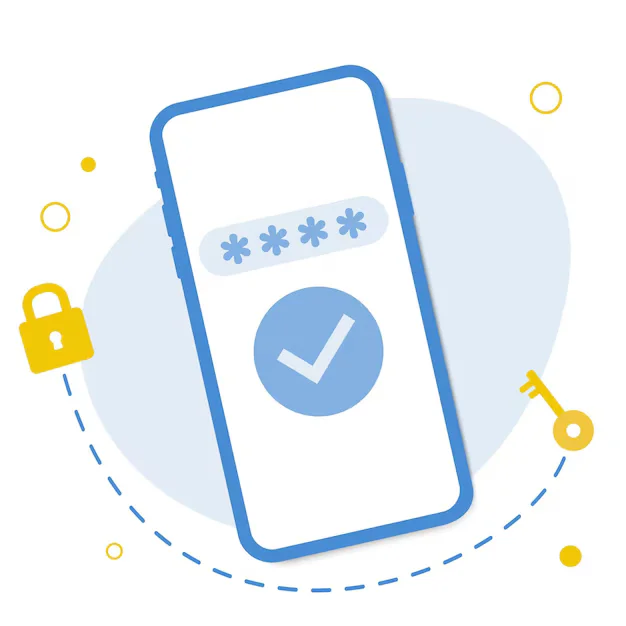Introduction: Why Use Google reCAPTCHA in PHP?
Spam submissions and bot activity are constant threats to web forms — whether it’s a contact form, login page, or comment section. Fortunately, Google reCAPTCHA offers a powerful, free solution to stop automated bots in their tracks. By integrating reCAPTCHA into your PHP forms, you ensure that only real users can submit data, helping protect your site from abuse, fake accounts, and malicious scripts.
Whether you’re using traditional HTML forms or a custom PHP CMS, reCAPTCHA can be easily added to your existing structure with a few adjustments on both the frontend and backend.
What Is Google reCAPTCHA?
Google reCAPTCHA is a free service that uses advanced risk analysis to distinguish between human and automated access. It’s available in several versions:
-
reCAPTCHA v2 (“I’m not a robot” checkbox)
-
Invisible reCAPTCHA v2 (runs in the background and only prompts if needed)
-
reCAPTCHA v3 (scores traffic without user interaction)
Each version is designed to reduce friction for real users while making it nearly impossible for bots to submit forms successfully.
How reCAPTCHA Works in PHP Forms (Conceptual Flow)
Here’s how reCAPTCHA integrates into a typical PHP form submission flow:
-
Frontend Rendering: You add a reCAPTCHA widget or script to your HTML form using your site key.
-
User Verification: The user interacts with the widget or, in some cases, is silently scored.
-
Token Generation: Once completed, reCAPTCHA sends a token to your form as part of the submission.
-
Server-Side Validation: Your PHP backend receives the form data and the reCAPTCHA token.
-
API Verification: PHP sends the token to Google’s reCAPTCHA API along with your secret key to validate it.
-
Response Handling: Based on the response, your PHP script either accepts the submission or rejects it.
This entire process happens seamlessly in real time and adds a solid layer of protection to your site.
Why reCAPTCHA Matters for Security
Spam form submissions can lead to:
-
Email flooding and inbox overload
-
Malware injection via uploaded files or form fields
-
Fake user accounts and bot registrations
-
Reputation damage if your site is exploited for spam
-
Performance issues due to bot traffic
By using reCAPTCHA in your PHP forms, you actively filter out non-human traffic, improving your site’s reliability and protecting user data.
Where to Use reCAPTCHA in PHP Applications
Consider integrating reCAPTCHA in:
-
Contact forms to prevent spam messages
-
Login and registration pages to stop brute-force attacks
-
Password reset forms to prevent account abuse
-
Newsletter signups to block bot subscriptions
-
Comments and feedback sections to prevent spamming
Adding reCAPTCHA doesn’t just stop bots — it also enhances trust in your platform by showing users you care about security.
Choosing the Right Version: v2 vs v3
-
reCAPTCHA v2 (Checkbox) is widely used and familiar to users. It’s simple to implement and offers visible interaction.
-
Invisible reCAPTCHA v2 works silently and triggers only if suspicious activity is detected. Ideal for low-friction experiences.
-
reCAPTCHA v3 assigns a score to each request. It’s useful for advanced filtering and custom logic but requires more backend work.
For most standard PHP forms, reCAPTCHA v2 offers the best balance of usability and effectiveness.
Backend Validation Is Critical
Just adding the reCAPTCHA widget to your HTML form isn’t enough. The real security check happens on the PHP server, where you must validate the token with Google’s API using your secret key.
This verification step ensures that the form submission is actually coming from a real human and not from a spoofed script that bypasses the frontend.
Without server-side validation, your form is still vulnerable — even with reCAPTCHA enabled.







